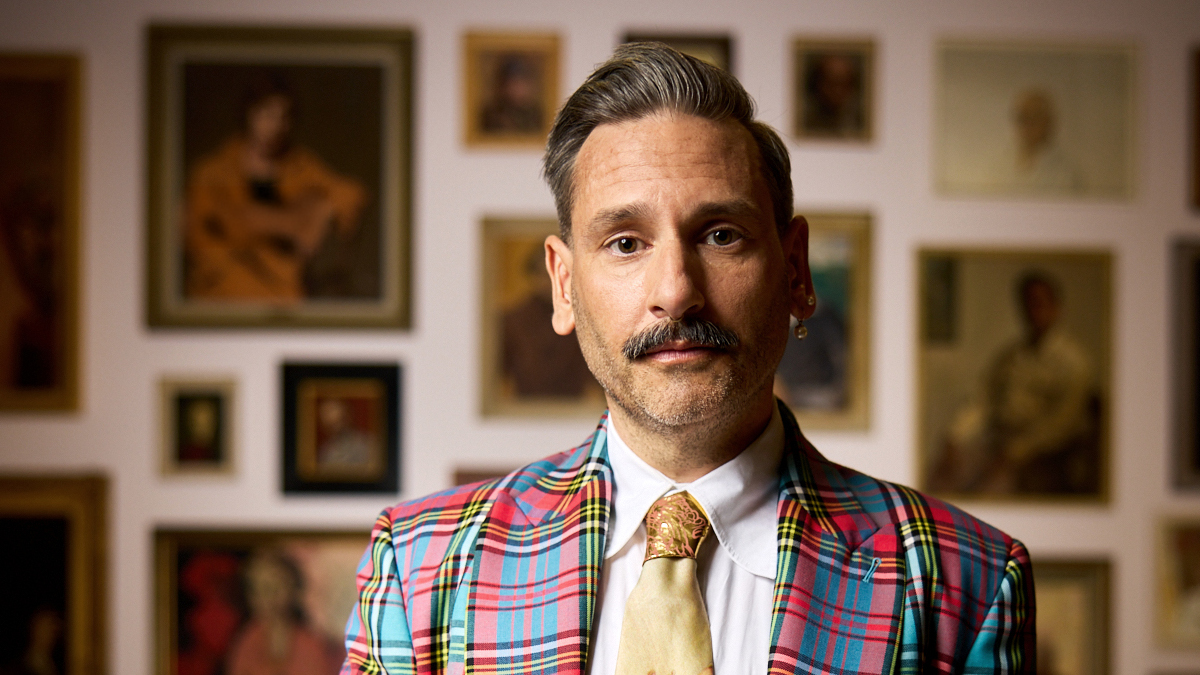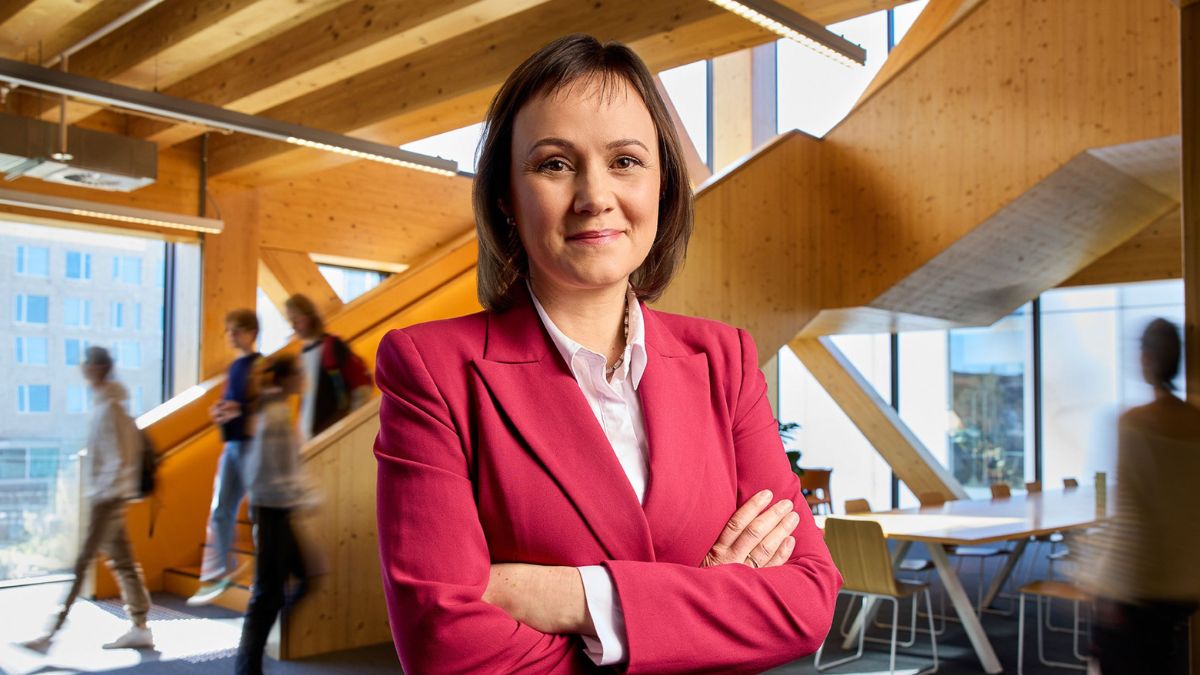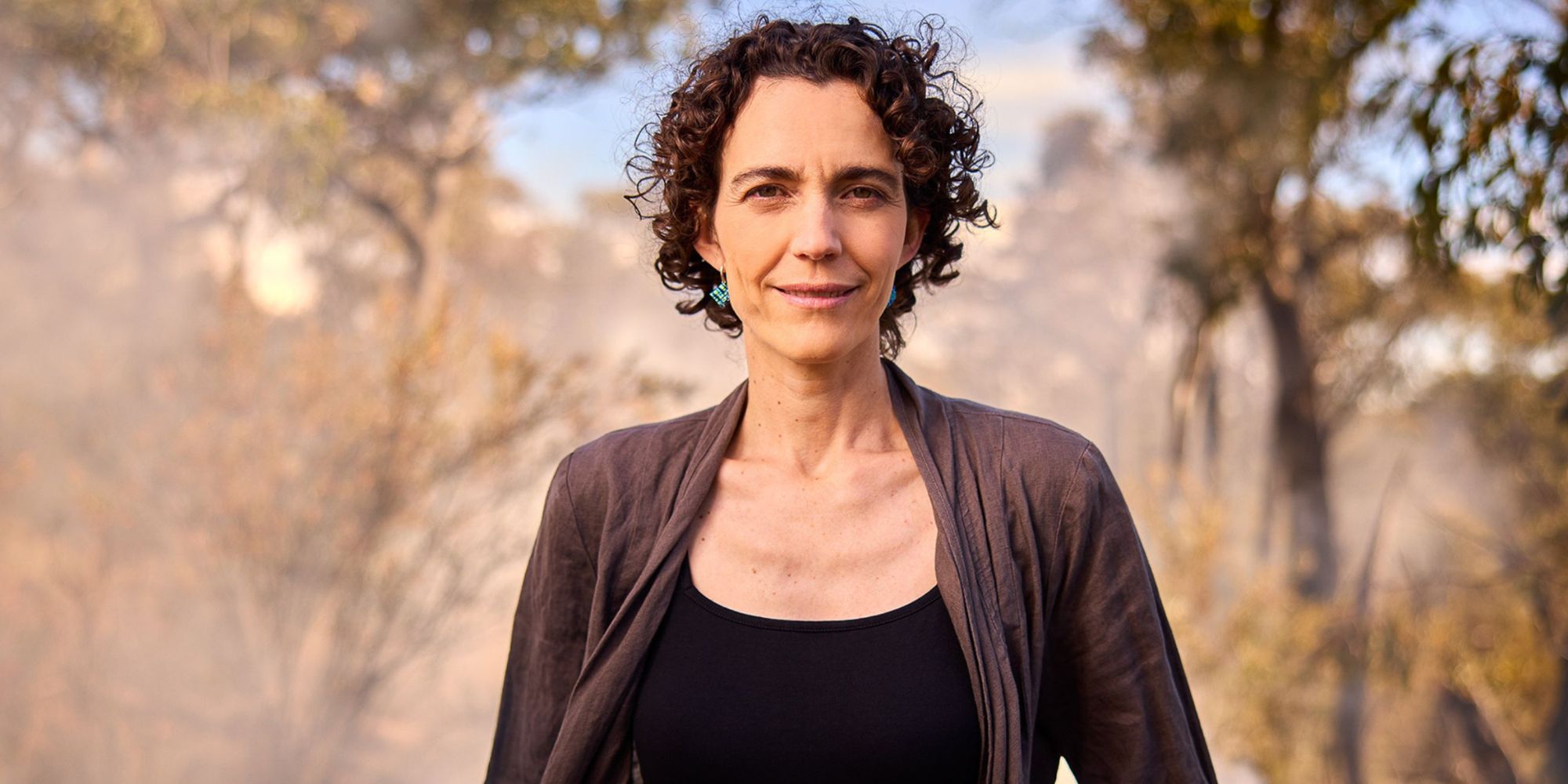
Published on
Marta Yebra: reimagining how Australia lives with fire
Marta Yebra is a Professor at the Fenner School of Environment and Society and School of Engineering at the Australian National University (ANU) and she’s working to change how we live with fire. As bushfires become hotter, faster and harder to predict, her research is helping emergency services respond with greater speed, accuracy and foresight.
A remote sensing scientist and engineer, Marta uses satellite data, environmental modelling and advanced analytics to transform how Australia prepares for and responds to fire.
At ANU, she wears many hats. She is a mission specialist for Earth Observation at Inspace where she co-leads the Disaster Resilience Mission and directs the Bushfire Research Centre of Excellence — a national collaboration pushing the boundaries of fire detection and disaster response.
Originally trained in environmental science, Marta brings a cross-disciplinary edge to everything she does. Her research connects the physical landscape with the technologies orbiting above it and the decisions that happen in real time on the ground.
In simple terms, describe what you do.
My work uses remote sensing, including satellite imagery, to assess variables such as fuel moisture and vegetation flammability. These are essential for predicting fire risk and behaviour, detecting active fires and evaluating their impacts on natural resources
I also study the impacts of bushfires and how vegetation regenerates after fire events. I collaborate with diverse stakeholders to strengthen fire resilience and improve management strategies.
What's a typical day in your life look like?
A typical working day involves research, meetings, collaboration, strategic thinking and administrative work. Early mornings, when I am the most productive, usually include reviewing or writing manuscripts, working on project proposals or catching up with my team members to discuss research progress and ideas.
Late mornings and afternoons are meetings, discussions with collaborators, partners or potential funders and catching up on emails and administrative tasks.
I also dedicate a lot of time to strategic planning for my centre and ensuring our projects align with broader bushfire management. Some days, I am lucky to jump into a helicopter to do field work, travel overseas or interstate to present at conferences, or catch up at research meetings with other ANU colleges.
What's something about your work or field that you find fascinating?
I find it fascinating how technology, particularly satellites, can reveal patterns and details about landscapes that are invisible to the naked eye. It’s incredible to see how this information can be transformed into actionable insights to save lives, protect ecosystems and adapt to climate challenges.
Who inspires you?
I’m inspired by the hard work and dedication of land and fire managers who keep us safe. Contributing my grain of rice with science that can support their decision-making is fulfilling. Nature itself is also a source of inspiration for me.
I love hiking, mountain biking and kayaking and my passion for the outdoors drives my commitment to preserving it for future generations, including my kids.
More recently, I’ve drawn inspiration from Indigenous communities. Their traditional fire management practices offer invaluable insights into sustainable coexistence with nature, and their profound understanding of the land plays a crucial role for example in validating our scientific methods for retrieving information from remote sensing techniques.
On a personal level, my mother’s resilience and determination have always been a profound source of strength and inspiration.
What are some things about you that people might be surprised to learn?
- I trained as a ballet dancer during my youth. The discipline and perseverance I gained from those years have significantly shaped my work ethic and how I approach challenges.
- I am passionate about photography, particularly capturing portraits of newborns and families in their natural environments.
- I originally wanted to be a dentist before discovering my true passion for environmental science and bushfire management.
- Despite working extensively with maps, I have absolutely no sense of direction!
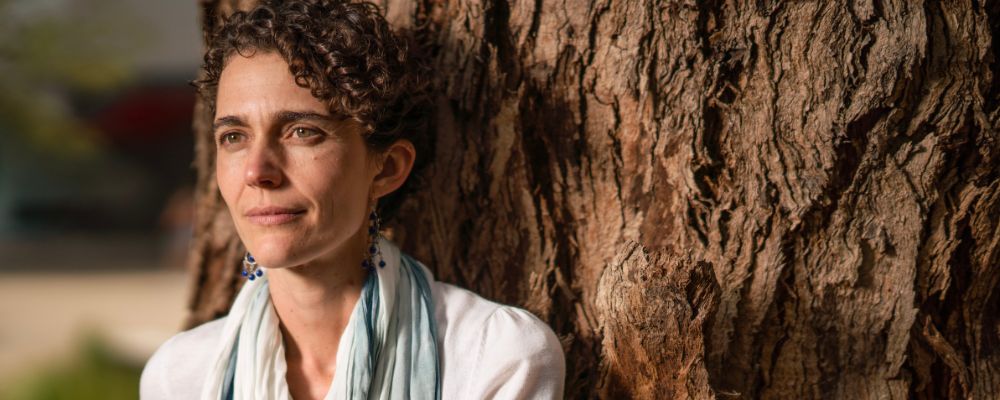
Marta’s research has awarded her the Inaugural Max Day Fellowship from the Australian Academy of Science and the 2023 Academic of the Year Award from the Australian Space Awards.
What's one lesson you've learned throughout your career?
One lesson I've learned is the importance of adaptability, especially when working with large organisations or projects. Sometimes, even with the best intentions and planning, challenges can arise, resulting in delays, shifting priorities or unforeseen complications.
I've learned that staying flexible, thinking positively and focusing on solutions rather than setbacks are key to navigating these situations effectively.
What do you find most rewarding about being an academic researcher at ANU?
What I find most rewarding is the opportunity to work on meaningful, multidisciplinary projects that allow us to address some of the most pressing environmental challenges while making a tangible impact on society.
What's one thing you always make time for, no matter how busy life gets?
I always make the time to spend quality time with my family, ensuring evenings and weekends are as free as possible to be fully present with them.
Being home when my kids finish school is something I prioritise. To balance these commitments, I often wake up very early in the morning or work late at night to stay on top of my work.
I also prioritise commuting by walking, running or cycling to work, not only does this help me stay active and clear my mind, it also reduces my environmental footprint.
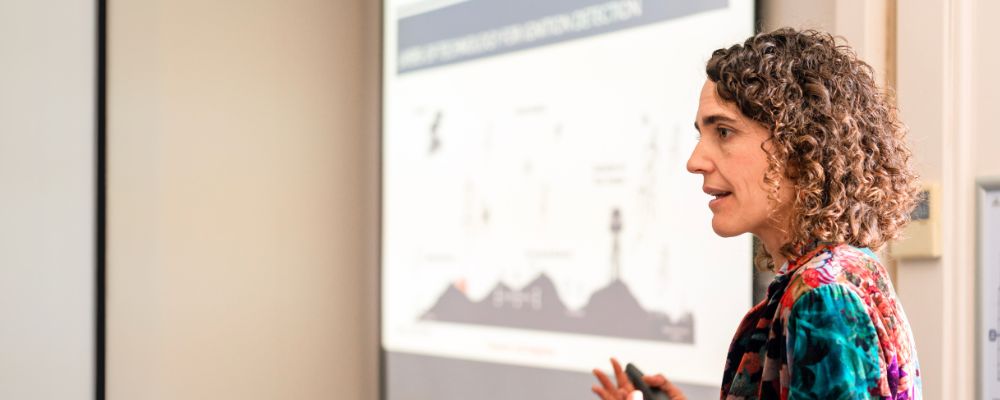
Marta has spent time all around the world for her research, guiding on fire risk trends and the impacts of climate change.
What do you think makes ANU unique?
It is the combination of world-class researchers, its location within a nature-connected city like Canberra, and its commitment to tackling real-world challenges. The focus on interdisciplinary research is also a big draw for me.
What's one piece of advice you'd give to future students who are just about to embark on their university journey?
Stay curious and open-minded, university is the perfect time to explore and challenge yourself. Don’t be afraid to try new things or step outside your comfort zone.
Even if it doesn’t work out, you’ll gain valuable insights that will contribute to your growth. Remember, you’re never stuck in one path. Every experience helps shape your future.
Curious about how ANU researchers are shaping a more sustainable future? Explore the work happening at the Fenner School of Environment & Society.

